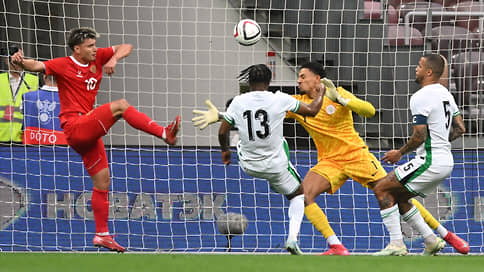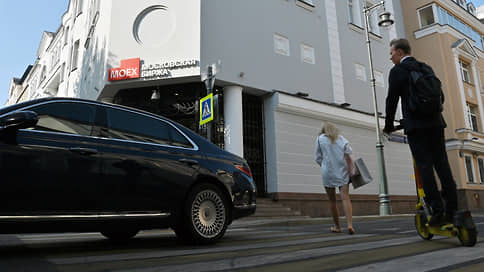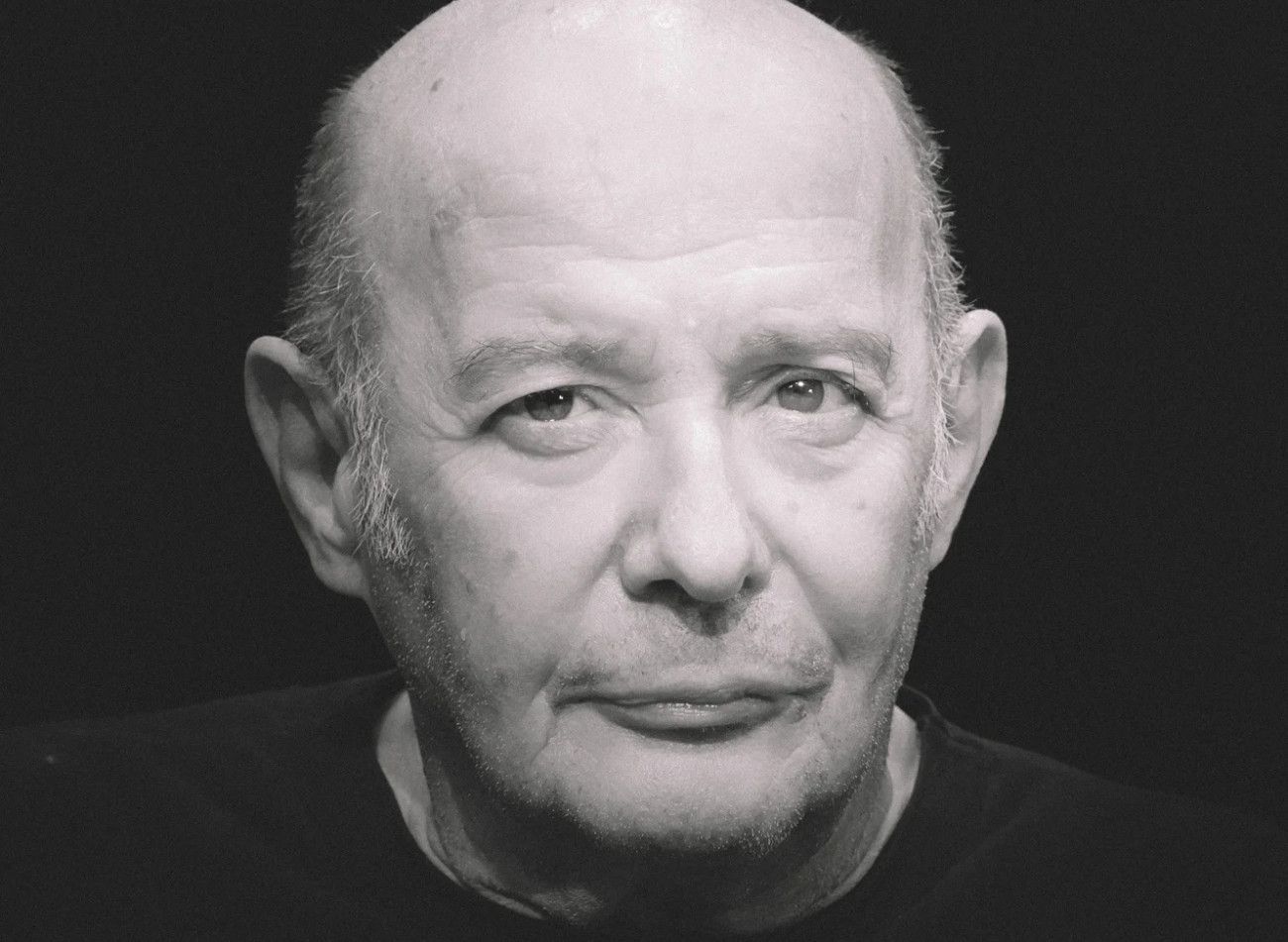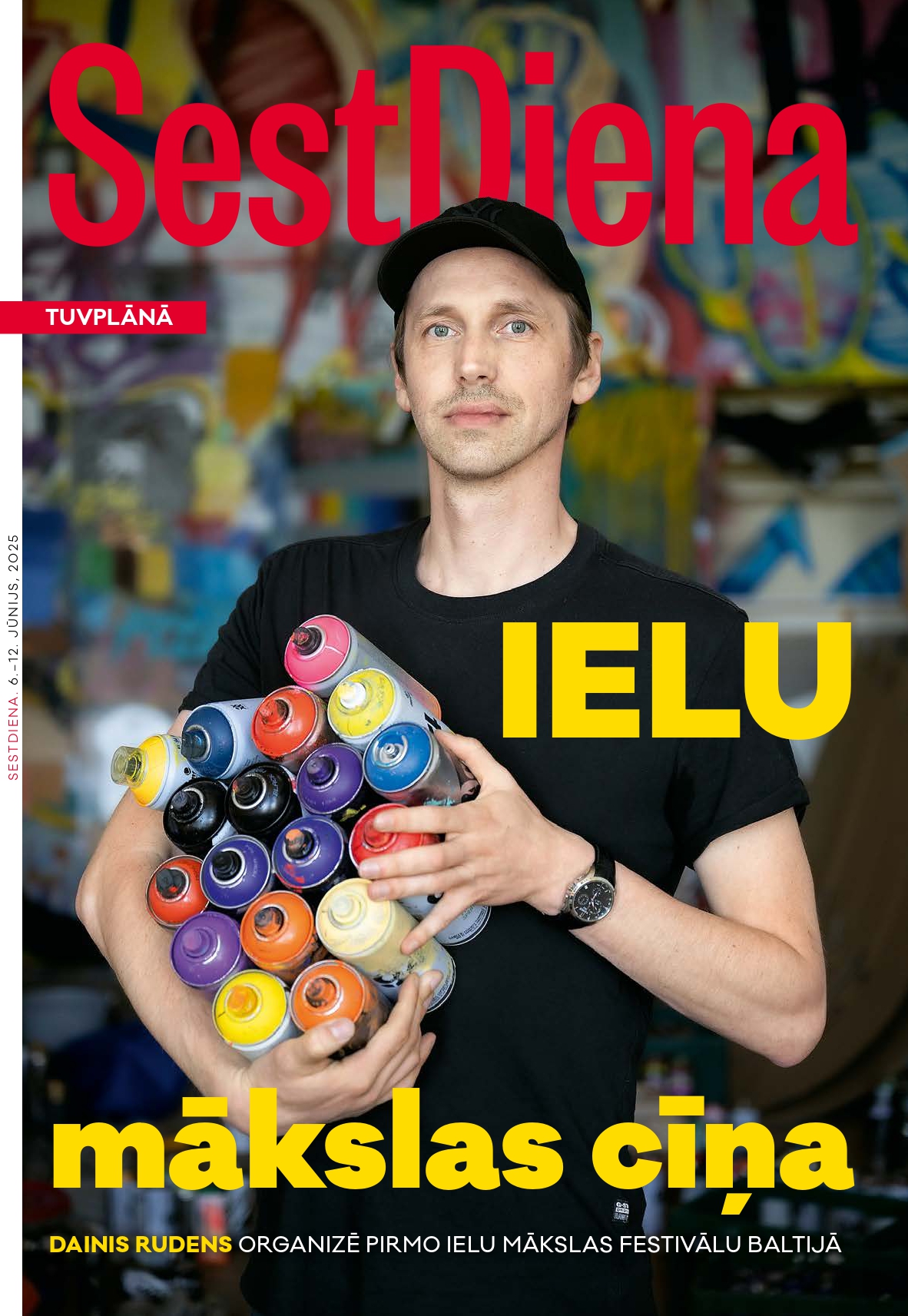EFSR appreciated the volume of sovereign financing in 2024

In 2024, the total financial support of the countries of the Eurasian region by international organizations, development agencies and climatic funds amounted to $ 12.6 billion, follows from the estimates of the Eurasian Stabilization and Development Fund (EFSR; Kommersant has). This is almost twice as much as in 2023, and is comparable with the volume of support during the pandemic. As Kommersant previously noted, the region actively enjoys the competition of geopolitical blocks, diversifying sources of infrastructure financing. This is noticeable, including the example of Kazakhstan, which in 2024 actively attracted funds to transport projects: among the country’s main donors, not only the World Bank (VB) and the European Bank for Reconstruction and Development (EBRD), but also the Islamic Development Bank (IBR), and the Asian infrastructure investment bank (Abia). In sector breakdown, the growth of the influx of funds in 2024 demonstrated agriculture- due to high export potential.
The EFSR appreciated the volume of sovereign financing in the Eurasian region in 2024. Monitoring covers 11 countries: Azerbaijan, Armenia, Belarus, Georgia, Kazakhstan, Kyrgyzstan, Mongolia, Russia, Tajikistan, Turkmenistan and Uzbekistan. The support of these states by international financial organizations, development agencies and climatic funds amounted to $ 12.6 billion last year, follows from the annual report of the EFSR (Kommersant has). This is comparable to the peak of 2020 ($ 12.9 billion), when international organizations actively supported countries in the fight against pandemia. The 2023 indicator was noticeably smaller and amounted to $ 6.5 billion. Since 2008, the EFSR itself has been a leader in the amount of approved financing in its region of operations (Armenia, Belarus, Kyrgyzstan and Tajikistan) – about $ 7 billion.
Almost two -time growth over the past year, apparently, is explained by the oncoming interest of countries and international organizations in cooperation.
This is important for international organizations to fulfill their statutory goals to support sustainable development and reduction of poverty – the countries of the region are actively using financing, including funds of competing geopolitical blocks.
These trends are noticeable, including on the example of Kazakhstan, a leader in the volume of approved financing ($ 4 billion, 31.7% of the total support in the Eurasian region; see schedule). The country continues to enjoy the benefits of the « median » position between the West and the East: loans (primarily for the implementation of transport projects and the support of the agricultural sector) are provided to it by the WB, EBRD, the Islamic Development Bank, as well as Abia. In particular, the WB and Abia jointly finances the modernization of the Passing International Transport Route section.
A clear separation of the spheres of interests of international organizations in the countries of the region has not yet been recorded. However, it follows from the report that the WB was most actively supported by Kazakhstan and Uzbekistan (the same countries in the focus of the EBRD attention), the Asian Development Bank (Abr) – Uzbekistan and Armenia (WB and Abr – leaders in terms of sovereign financing in the region). Russia, in turn, does not receive funds from MFIs anymore – and itself acts as a donor (in particular, for projects in Central Asia).
As follows from the report, the largest amount of approved support ($ 8.7 billion) in 2024 came on investment financing (including infrastructure, energy and agriculture). Stabilization financing (to support the budget, stabilization of nationalities, providing fiscal support) amounted to $ 3.6 billion, technical financing projects (for advanced training, ensuring institutional development, etc.) – $ 0.3 billion.
In sector division, transport ($ 3.8 billion) was the leader in the volume of operations, noticeable financing volumes also attracted the financial and energy sectors ($ 2.5 billion and $ 1.7 billion, respectively). The maximum since 2008 (start of monitoring) $ 1.3 billion last year fell on agriculture. The EFSR fixes the enhancement of the focus on food security, which is explained by the “long -term economic specialization of the Eurasian region” – its production and export potential.







